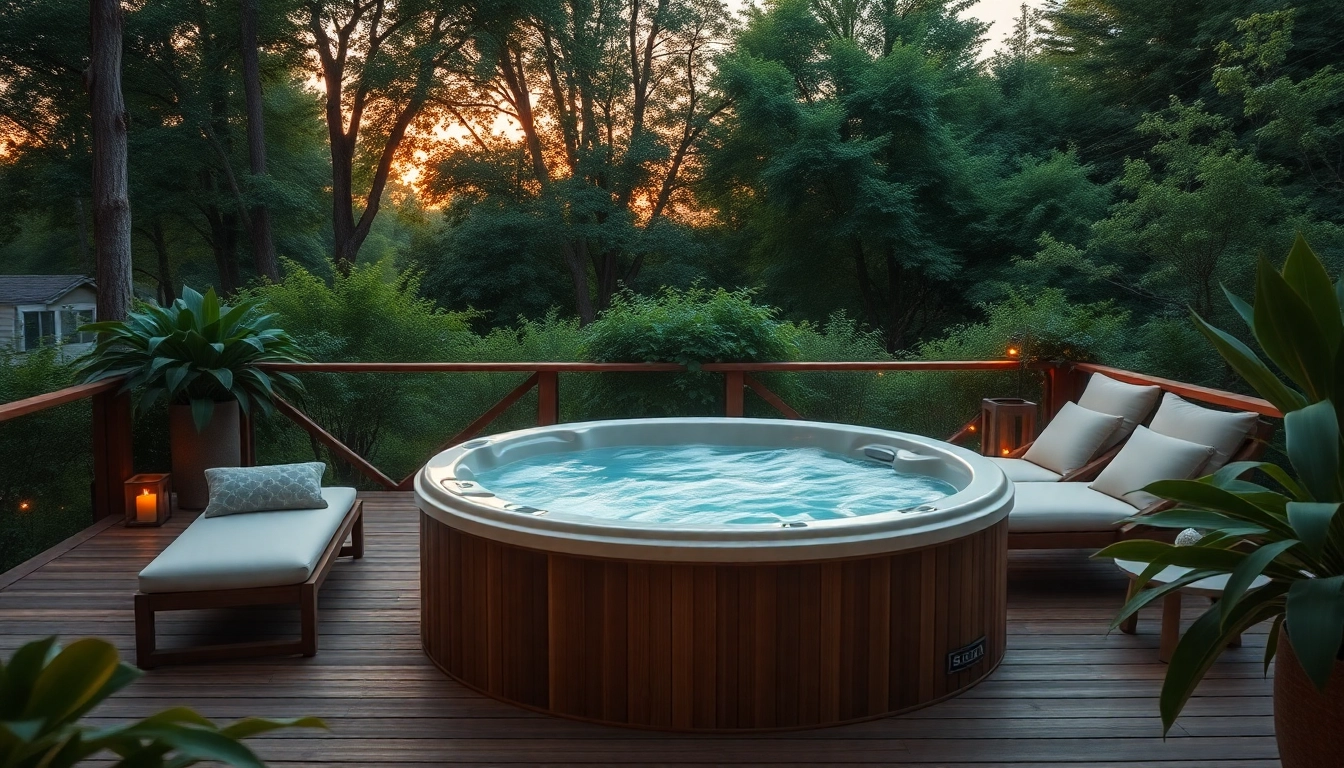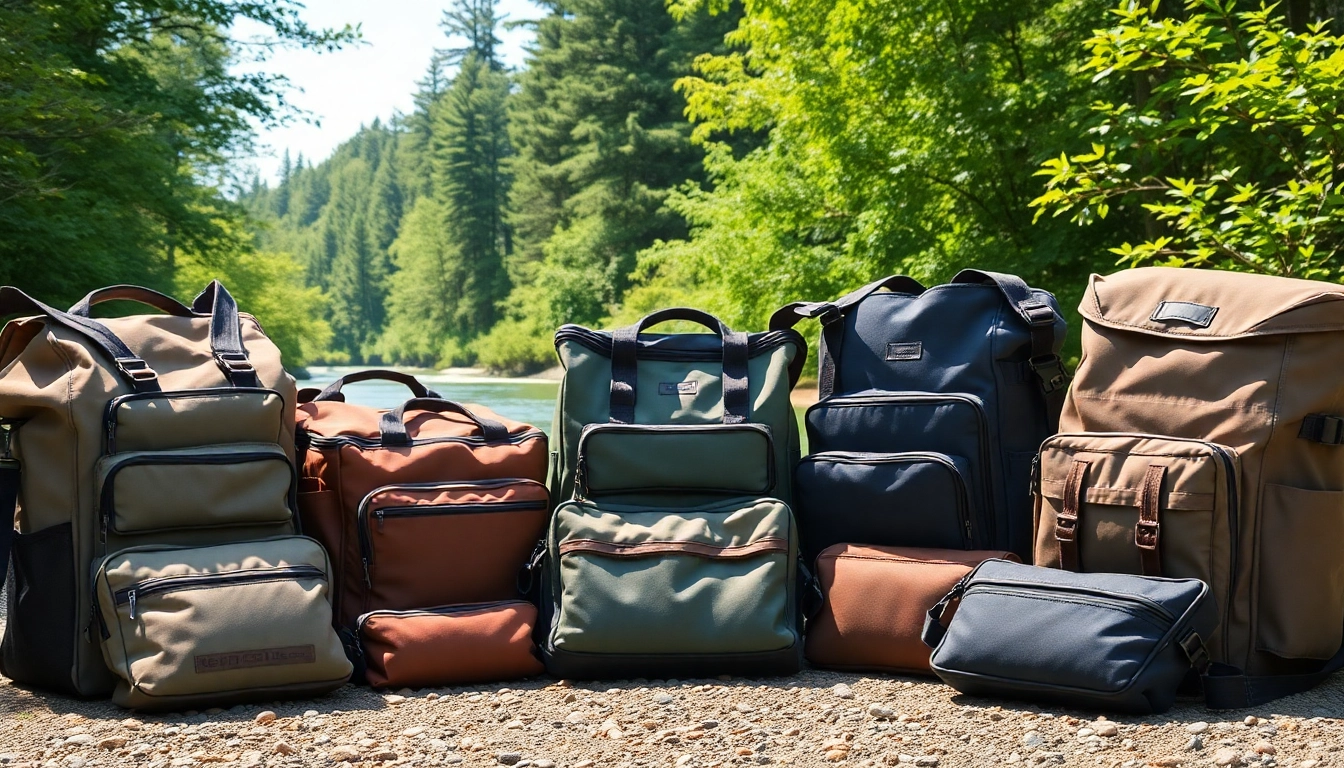Understanding Hot Tubs: Types and Their Benefits
Different Types of Hot Tub
Hot tubs have evolved into an essential element of outdoor and indoor leisure, offering relaxation and health benefits. Recognizing the different types of hot tubs is crucial for selecting the one that suits your lifestyle and needs. The primary categories include:
- Inflatable Hot Tubs: These are easily portable and affordable, making them perfect for occasional users or those with limited space. They are quick to set up and can often accommodate four to six people.
- Hard Shell Hot Tubs: Made from acrylic or fiberglass, these are more permanent fixtures that boast durability and higher performance features, such as better insulation and more powerful jets for hydro massages.
- Swim Spas: A hybrid between a pool and a hot tub, swim spas offer a continuous swim current and space for relaxation, making them versatile for fitness enthusiasts and families.
- Traditional Wood-Fired Hot Tubs: These provide a rustic experience, using wood as a heat source. They are often sought for their aesthetic and unique ambiance, although they require more maintenance to achieve and maintain water temperature.
Benefits of Hot Tub Use
Utilizing a Hot Tub can yield numerous psychological and physical benefits. Here are some noteworthy advantages:
- Stress Relief: Soaking in warm water helps to reduce stress levels by promoting relaxation and alleviating muscle tension.
- Pain Relief: Hot tubs can provide relief from joint pain, arthritis, and muscle soreness through buoyancy and heat therapy.
- Improved Sleep Quality: Regular use can help lower anxiety and improve sleep patterns. The drop in body temperature after exiting the hot tub mimics the natural process of sleep onset.
- Enhanced Circulation: The heat from the water can promote better blood flow, facilitating healing in muscles and tissues.
Ideal Features to Look For
Choosing the right hot tub entails evaluating specific features that enhance functionality and ensure a satisfying experience:
- Number of Jets: The placement and quantity of jets can significantly influence massage quality, catering to different stress relief needs.
- Insulation: Well-insulated hot tubs help retain heat, reducing energy costs and providing a more comfortable soaking experience.
- Control Systems: Look for intuitive control panels that allow for easy adjustments to temperature, jet strength, and lighting options.
- Water Filtration Systems: Efficient filtration systems contribute to easier maintenance, keeping the water clean and safe for regular use.
Hot Tub Selection: Key Considerations
Size and Capacity Needs
When selecting a hot tub, determine how many people you want it to accommodate. Standard sizes range from small tubs for two individuals to larger models that can fit five or more. Consider the following:
- Space Available: Assess the area where the hot tub will be installed. Ensure it has enough space for users to comfortably enter and exit.
- Future Needs: Think about potential changes in your family or lifestyle that may require a larger or more versatile model in the future.
Budget and Maintenance Costs
Your budget is a crucial factor in selecting a hot tub. Consider both the initial purchase price and ongoing maintenance costs:
- Initial Purchase: Hot tubs cost anywhere from a few hundred to several thousand dollars, depending on size and features.
- Ongoing Expenses: Include heating costs, energy consumption, maintenance supplies, and possible repairs.
Energy Efficiency Features
When choosing a hot tub, it’s essential to consider energy efficiency as it directly impacts operational costs:
- Insulation Ratings: Look for hot tubs with high R-value insulation, which keeps the water hot longer.
- Energy-saving Modes: Some hot tubs feature energy-saving modes to optimize heating cycles based on usage patterns.
Installation and Setup Tips for Your Hot Tub
Site Preparation and Location
The installation of a hot tub requires careful site preparation. Here are some steps to consider:
- Level Surface: Place the hot tub on a level surface to ensure stability and avoid unnecessary wear.
- Accessibility: Choose a location with easy access to power and water sources and privacy for users.
- Drainage Considerations: Ensure the site allows for proper drainage to avoid water accumulation.
Essential Accessories for Setup
To ensure a fully equipped hot tub experience, consider essential accessories such as:
- Cover: A thermal cover helps retain heat and keep debris out when the hot tub is not in use.
- Steps: Add steps for better access, particularly for children or individuals with mobility challenges.
- Caddy: Use a caddy to store maintenance supplies, towels, and essentials conveniently.
Connecting Utilities Safely
Connecting the hot tub to electrical and water sources requires careful adherence to safety standards:
- Hire Professionals: Whenever possible, hire certified technicians for electrical connections to ensure compliance with local codes.
- Consult Manuals: Read the manufacturer’s installation manual for specific recommendations and guidelines.
Maximizing Your Hot Tub Experience
Best Practices for Usage and Care
To maximize the benefits of your hot tub, adhere to best practices for usage and care:
- Regular Cleaning: Maintain cleanliness with regular water changes and chemical balance checks.
- Use Spa Chemicals: Utilize appropriate chemicals for sanitation to ensure water safety.
- Routine Inspections: Conduct routine checks to ensure all parts are functioning correctly, including jets and pumps.
Creating an Inviting Atmosphere
The ambiance of the area surrounding the hot tub can enhance relaxation:
- Lighting: Incorporate soft LED lights or candles to create a soothing atmosphere.
- Surrounding Décor: Use plants, water features, or outdoor furniture to cultivate a serene environment.
Health Benefits of Regular Use
Engaging in regular hot tub use offers significant health benefits that extend beyond relaxation:
- Aids Recovery: The heat and buoyancy can speed up recovery from exercise and injury.
- Improves Flexibility: Warm water can help enhance flexibility by loosening tight muscles.
Troubleshooting Common Hot Tub Issues
Identifying and Resolving Problems
Like any recreational equipment, hot tubs may experience issues. Identifying common problems and their solutions can prevent bigger headaches:
- Cloudy Water: Usually caused by insufficient filtration, ensure your filter is clean and chemicals are balanced.
- Heating Issues: If the water is not heating, check the thermostat and heater components for necessary repairs.
- Jets Not Functioning: Inspect for blockages in the jet openings and clean as needed.
Maintenance Schedule Recommendations
By adhering to a maintenance schedule, you can prevent common problems and ensure the longevity of your hot tub:
- Weekly Testing: Test water chemistry, adjusting pH and sanitizer levels as necessary.
- Monthly Cleaning: Clean filters and celebrate a deeper clean schedule every month.
When to Seek Professional Help
While many hot tub issues can be resolved with DIY efforts, knowing when to seek professional assistance can save time:
- Electrical Issues: Always consult with a professional for any electrical problems for safety reasons.
- Water Chemistry Issues: If you are constantly battling water quality, it may be time to contact a spa professional.










Leave a Reply